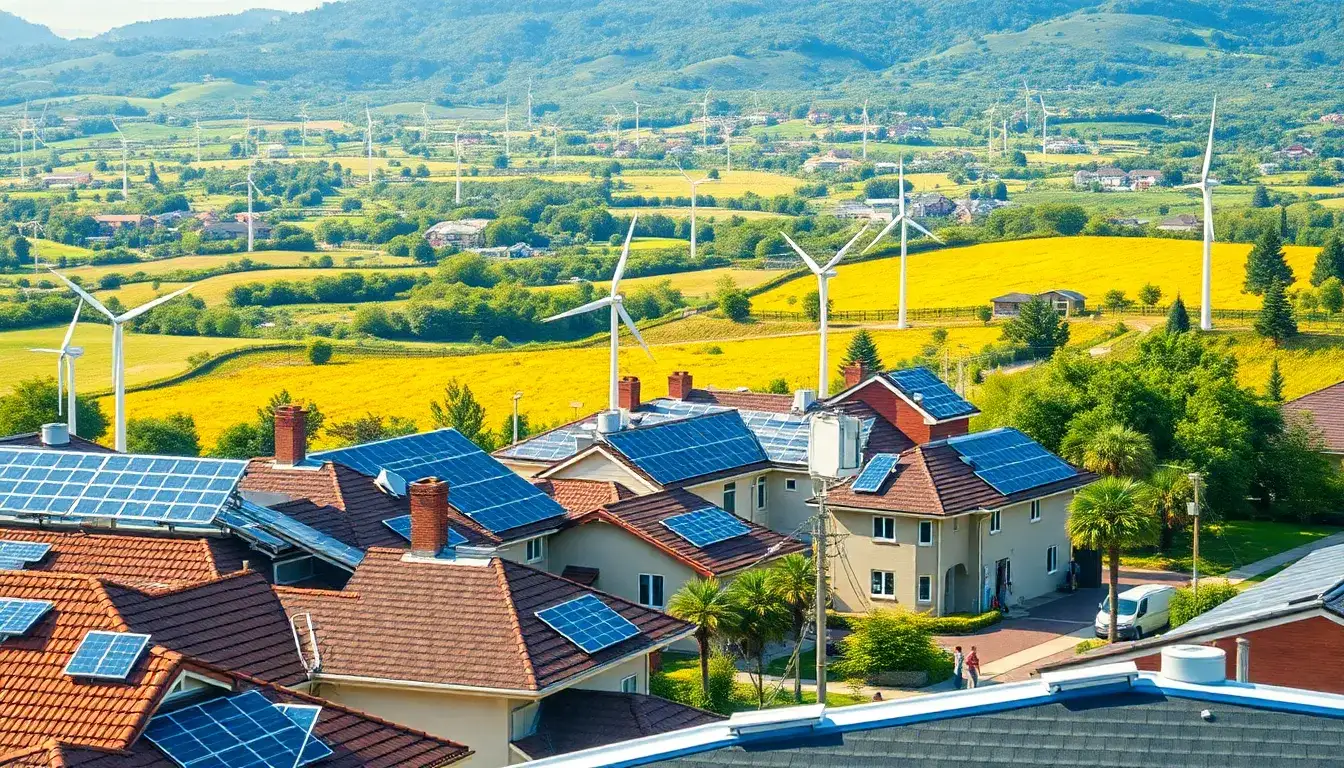
How can distributed energy resources “rise” amidst market turbulence?
As of April 7, 2025, distributed energy resources (DER) have become a critical force in the transformation of the energy sector. By the end of 2024, the total installed capacity of DER in China is expected to exceed 3.7 billion kilowatts, a significant increase from 121 million kilowatts in 2013, representing a 42% year-on-year growth. In 2024, the newly added DER capacity is projected to reach 1.2 billion kilowatts, accounting for 43% of the total new energy generation capacity that year.
The rapid increase in DER capacity is linked to the changing energy landscape, particularly as the market pushes for higher quality energy services. The “136 Document” and the “Regulations on the Development and Construction of DER” have laid down frameworks for this development. As a result, the demand for high-quality energy at competitive prices is becoming the norm.
China’s energy market is increasingly adapting to the challenges of sustaining rapid growth while ensuring quality. The goal is to achieve 50% of energy requirements through renewable sources by 2050, with a need to create a sustainable energy market framework. The focus is on building a robust energy trading platform that can support the efficient integration of various energy sources.
The future of DER is promising, with expectations for increased decentralization and diversification of energy supplies. This shift is expected to reduce reliance on traditional energy sources and promote cleaner energy usage. The transition to a green energy market will require establishing standards and regulations that support investment and innovation in the renewable energy sector.
In summary, as distributed energy resources continue to grow, they will play a pivotal role in shaping the future energy landscape in China, emphasizing the need for innovative policies and infrastructure to support this transition.







